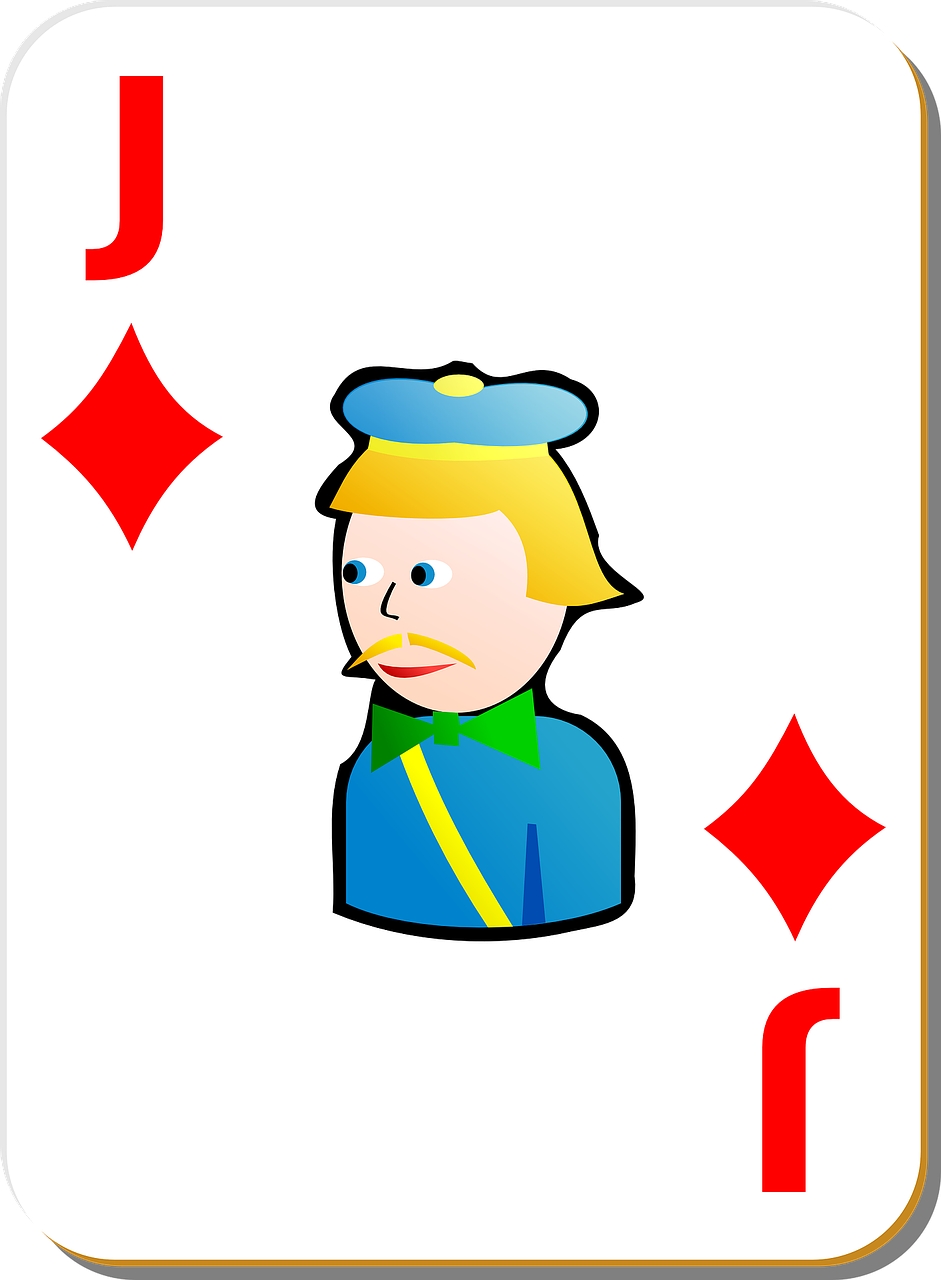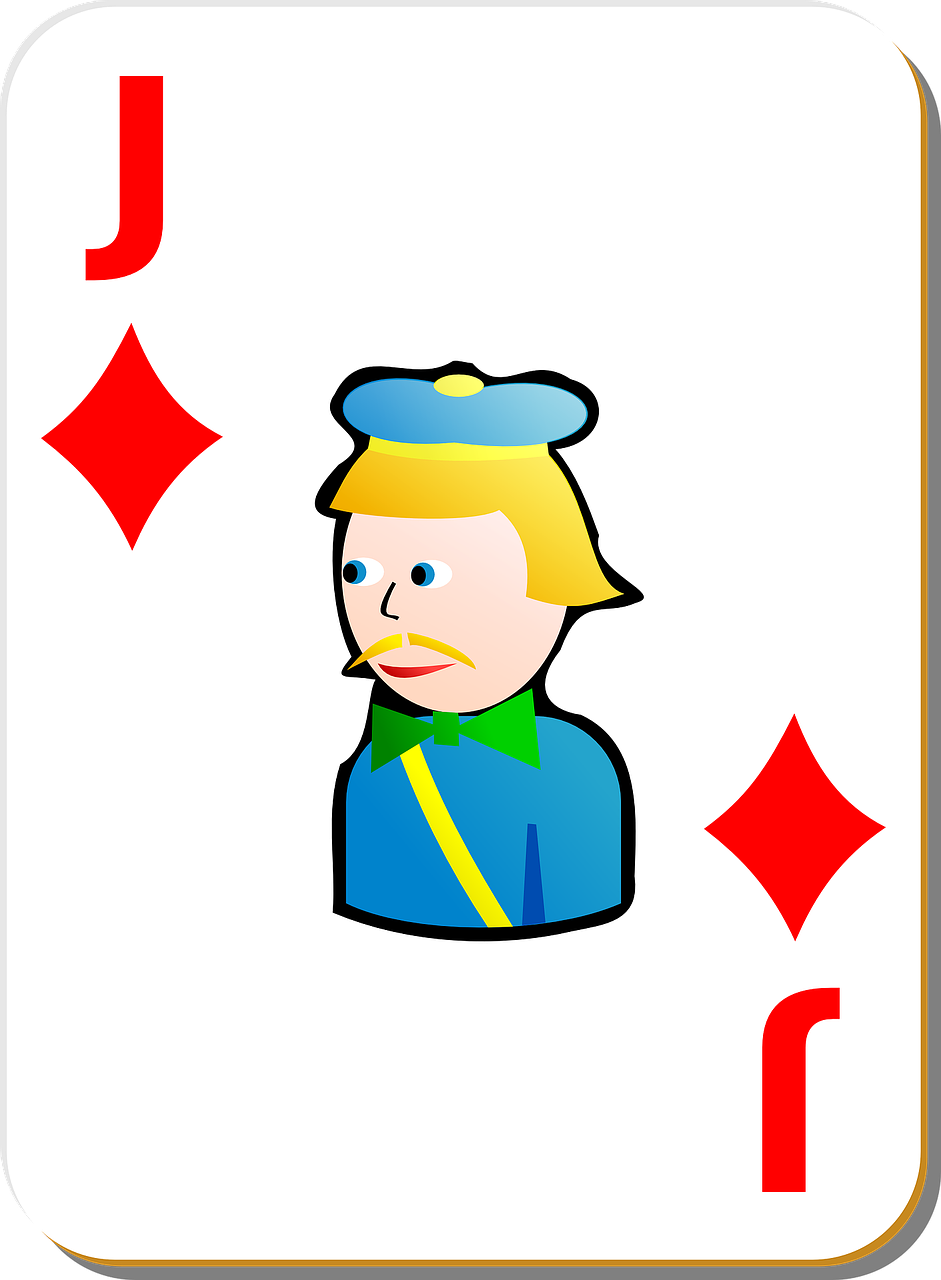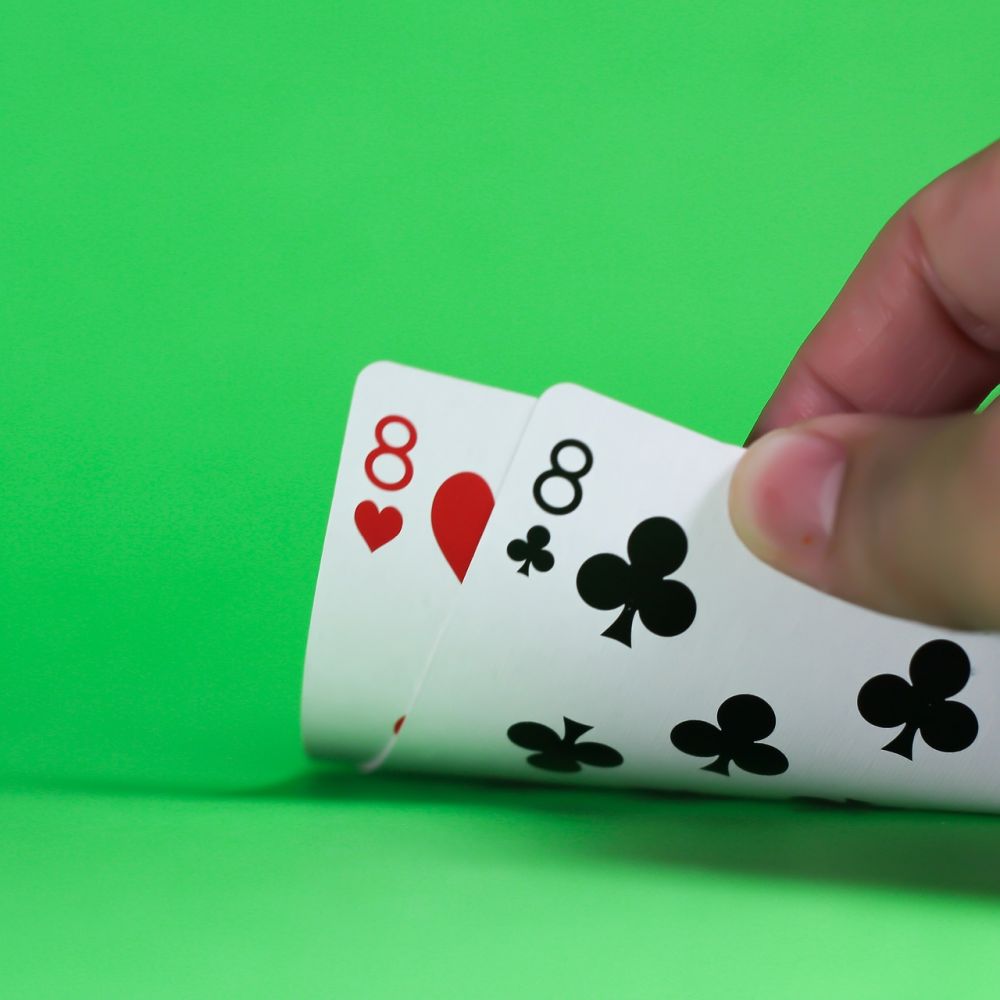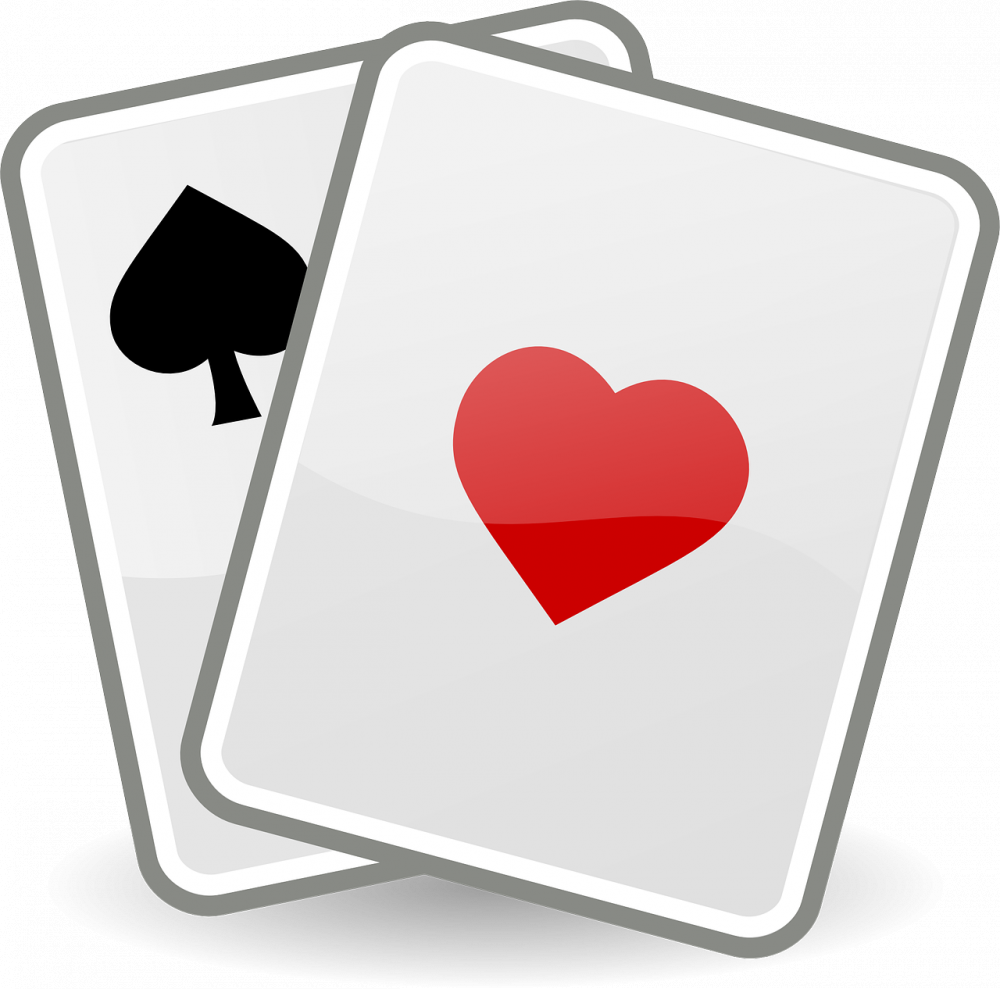Blackjack Chart: The Ultimate Guide for Casino Game Enthusiasts
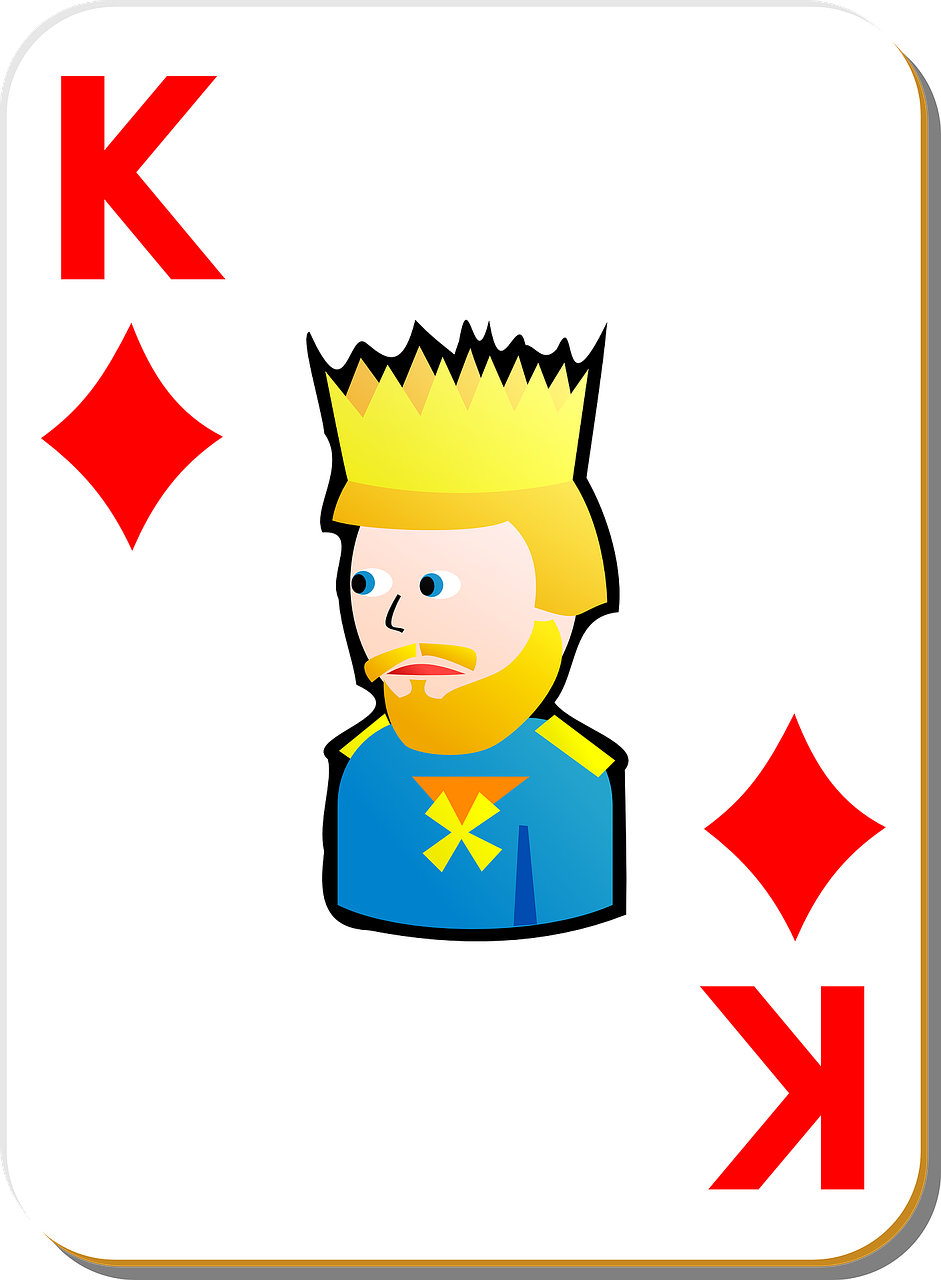
Introduction:
If you’re a casino game enthusiast, chances are you’ve heard of the term “blackjack chart.” In this comprehensive guide, we will explore everything you need to know about it. From its historical evolution to its significance in the game of blackjack, we’ve got you covered. So, let’s dive right in!
What is a Blackjack Chart?

A blackjack chart is a graphical representation of recommended playing decisions based on the player’s hand value and the dealer’s up-card. It guides players on whether to hit, stand, double down, split, or surrender, depending on the specific hand combination. By referring to a blackjack chart, players can make more informed decisions, reducing the house edge and improving their chances of winning.
Understanding the Basics:
Before we delve into the intricacies of blackjack charts, let’s cover some fundamental concepts. Blackjack is a popular card game where players aim to achieve a hand value closer to 21 than the dealer’s without exceeding it. The game is played with one or more decks of cards and involves both the player and the dealer.
The Evolution of Blackjack Charts:
The usage of blackjack charts can be traced back to the early 1950s when the first basic strategy charts were developed. These charts were initially introduced by mathematicians who extensively studied the game to determine the optimal playing decisions. As technology advanced, blackjack charts became more accessible, with them being included in books and later, as digital resources.
Over time, blackjack charts have evolved to include different variations and rule sets. Today, you can find charts specific to single deck games, multi-deck games, different table rules, and even charts catering to specific side bets. The goal remains the same to provide players with a strategic advantage by making statistically optimal choices.
Using a Blackjack Chart:
To take full advantage of a blackjack chart, it’s crucial to understand its layout and how to interpret the information presented. Most charts are designed with player hand values displayed vertically and the dealer’s up-card horizontally. By locating the intersection of these two parameters on the chart, players can determine the recommended move.
It’s important to note that blackjack charts are created based on mathematical calculations and statistical probabilities. While these strategies offer a significant advantage, they do not guarantee winning every hand. However, consistently following a blackjack chart will undoubtedly improve your overall performance and minimize losses in the long run.
Conclusion:
In conclusion, a blackjack chart is an invaluable tool for anyone interested in improving their chances of winning at the blackjack table. By understanding the game’s basic principles, as well as the historical evolution of blackjack charts, players can navigate through the world of casino gaming with confidence. Remember, employing a blackjack chart is not a guarantee of success, but it provides you with a strategic advantage that can ultimately lead to more favorable outcomes. So, why not give it a try? Happy gaming!
